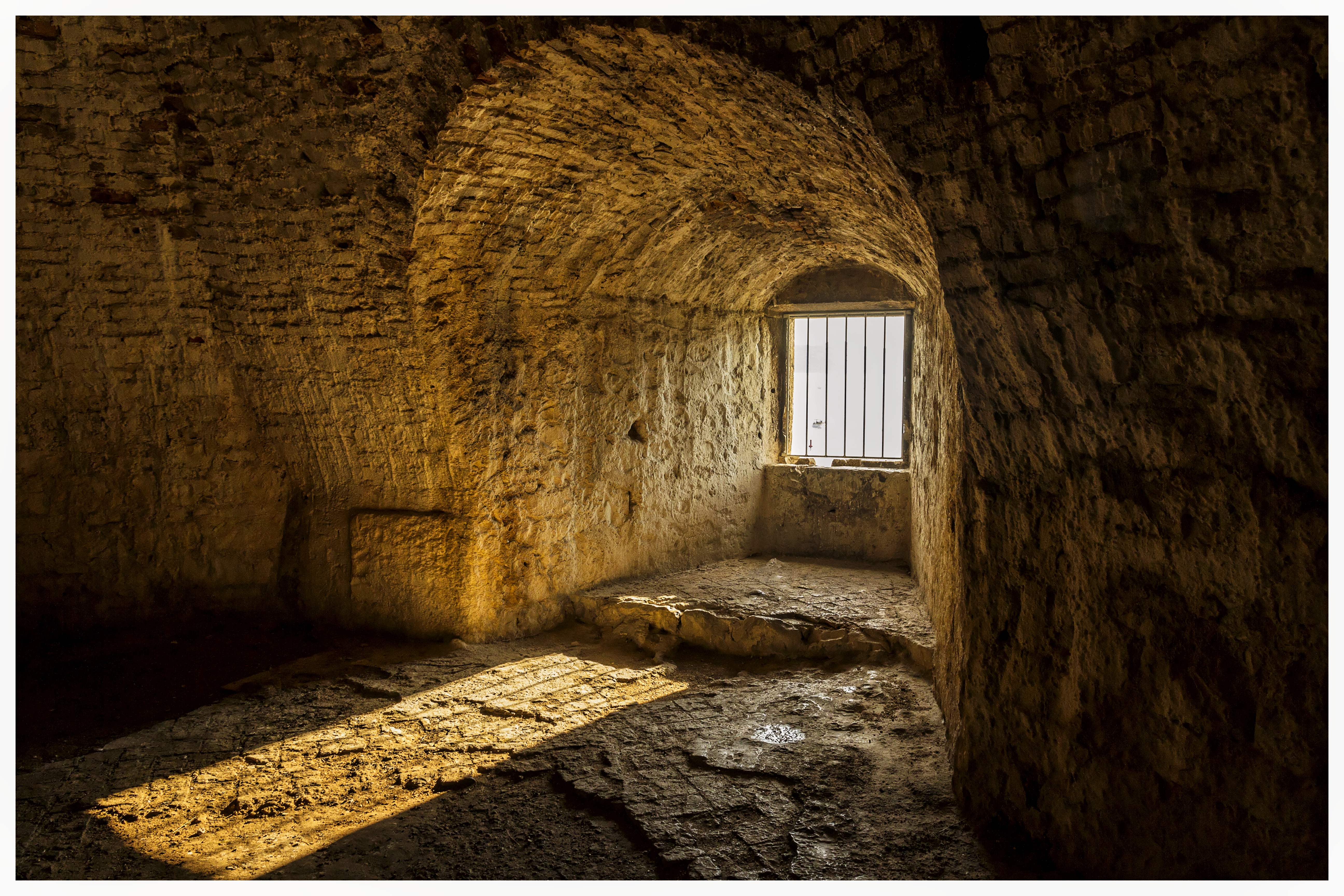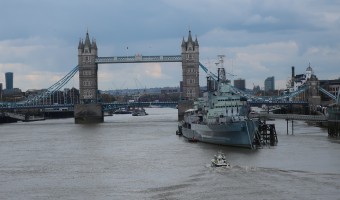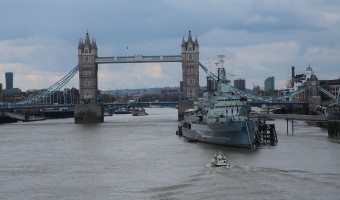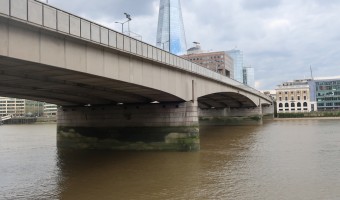 Fleet Prison, Blackfriars
Fleet Prison, Blackfriars
'A cruel and most barbarous place'
This notorious prison was situated on the site of today’s Blackfriars Station. This side of the River housed some of the most unpleasant houses of correction in England - Marshalsea, the Clink and the Kings Bench to name but a few were all with a mile or two of one another. The office of Keeper (the head honcho) was a heredity post handed down through the Leveland family from 1197 to 1538. The job of running the prison offered a wonderful opportunity for profiteering at the expense of the unfortunate inmates who were charged for almost every during their stay including food, lodging and privileges.
This establishment like most London prisons was extremely unpopular with the public and during the Peasants Revolt of 1381 and the Gordon riots of 1780, it was burnt to the ground. Between these two dates, it was also destroyed in the Great Fire of London in 1666.
Primarily a debtors’ prison it was used to hold men and women convicted by the Kings Council, the Court of the Chancery and the Court of the Star Chamber until 1641.
The Fleet was scandalised in 1691 after prisoner Moses Pitt wrote a book about his experiences as an inmate, Cry of the Oppressed. Instead of the regulation four shillings flat fee, he was charged £2 4s 6d to be housed on the ‘gentlemen’s side’ and a further 8s for his own room. He ran out of money after a year and was thrown into a dungeon to sleep in the squalor and filth that lay on the floor with twenty-seven other misfortunates. A parliamentary enquiry was held and the Keeper, Thomas Bambridge, was found guilty ‘of great extortions, and the highest crimes and misdemeanours of his said office’. New rules were imposed but little changed for the inmates. Charles Dickens, who had his own intimate experiences of visiting nearby Marshalsea to see his father, wrote passionately about the inequities of Fleet prison in The Pickwick Papers in the 1830s. It was eventually closed in 1842 and demolished four years later.
The prison is happily gone now but the site can be seen and visited on the Six Bridges walk.





 Load more triptoids
Load more triptoids